Although the country’s official language is English, over 90% of Quebecers speak French. Every architectural work, historical and cultural foundation in this city shows the profound influence of French civilization. That’s why Quebec City is known as “Little France” in the heart of Canada.

Local guides in traditional costumes tell visitors historical stories of Québec City.
City of history
Québec was founded in 1608 by French explorer Samuel de Champlain - who was honored as the "Father of New France" for building Québec from an area inhabited by Iroquois and Algonquin Indians into a modern city.
The city has been besieged five times in its history and was conquered by the British in 1759. Today, Quebec is considered the cradle of French civilization in North America. 95% of Quebecers speak French, while the official language of Canada is English. Quebecers still maintain their “strongly” French cultural customs. The architecture and heritage sites are preserved as they were four centuries ago.
No wonder famous travel magazines continuously rank Québec among the world's top destinations. Old Québec was recognized by UNESCO as a World Cultural Heritage in 1985.
The name “Québec” comes from the Algonquin word “kébec”, meaning “where the river narrows”, because the city is located on the cliffs of Cape Diamant (Diamond Point), which is over 100m high and overlooks the narrowest part of the Saint Lawrence River. With this important strategic location, Québec became a natural defensive fortress, being able to prevent enemy ships from entering from a distance.
Quebec covers an area of approximately 9,000 square kilometres and is divided into two distinct parts: the Upper Town and the Lower Town, which are linked by nearly 30 sets of stairs. Visitors can also take a unique form of transportation only available in Quebec, the funicular, to get between the two areas.
In the past, dividing the city by altitude was also a way to identify that the Upper City was home to the aristocracy and upper class. The Lower City in the lower area was home to the working class, craftsmen... Today, that distinction no longer exists. Both areas are tourist attractions to visit and explore the rich cuisine . Quebec is known as one of the best culinary cities in the world.
Visitors can choose to walk or view the historic city from the red double-decker buses that pass through tourist areas from the city center to the suburbs. In the downtown area, visitors can sign up for a walking tour with local guides, often dressed as ancient aristocrats, with long robes with lace collars and big white curls. They are humorous storytellers and knowledgeable about local history.
A “little France”
Most of the historic and religious sites in Québec City are located within the city walls. Today, the ramparts remain intact as a testament to the history and battles that took place in the 17th century. Visitors can walk along the walls, through the Saint Louis and Saint Jean gates to visit Artillery Park and D'Youville Square. The square is named in honor of the French-Canadian widow Marie-Marguerite d'Youville, founder of the Grey Nuns of Montreal religious order.
Exploring the Old Quarter of Quebec is like going to Europe without having to cross the Atlantic Ocean because of the presence of many unique architectural works such as the National Historic Site of the Seminary of Quebec, surrounded by white stone buildings with steep roofs - typical of 18th century French architecture; the Parliament Building - a building with the characteristics of Second Empire architecture (the architectural style popular in Europe and North America from 1865 - 1880); Notre Dame Cathedral of Quebec built in 1688, is the oldest church in North America with neoclassical architecture. This is also the only place outside of Europe with a Holy Door that any Catholic or tourist would want to visit once.
Château Frontenac is considered an iconic building of Québec. The castle was named after the Count of Frontenac, Louis de Buade (1622 - 1698). He was the Governor General of France in North America from 1672 - 1682 and 1689 - 1698. In 1826, the castle was partially burned and rebuilt in 1893, becoming a large-scale hotel, with 170 rooms, a central tower nearly 80m high and 2,000 windows overlooking the Saint Lawrence River and Québec City. In the hotel lobby, visitors can also admire historical artifacts dating back 400 years, protected and displayed in specially designed cases. Château Frontenac is also the most photographed hotel in the world and has become the identity of Québec.
Not only is Quebec a city with cultural and historical landmarks, it is also an attractive seasonal resort destination. This is a winter paradise for tourists who love skiing. In the summer, Quebec attracts visitors with activities such as ziplining, waterfall climbing, hiking to explore national parks or nature reserves...
In particular, Québec is also an ideal place for believers who like to live "slowly" and "heal" by staying in resorts deep in the forest, by the lake or hiding in convents for nuns... Such diverse experiences have made Québec a unique destination unlike anywhere else in the world.
Source












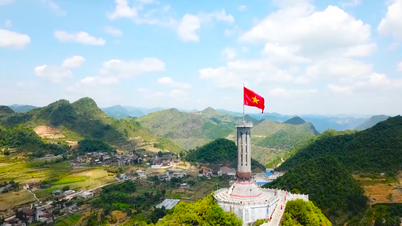
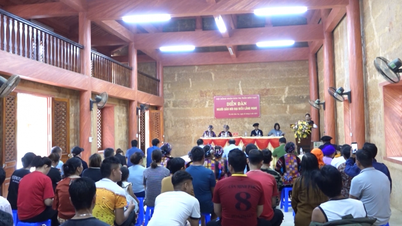












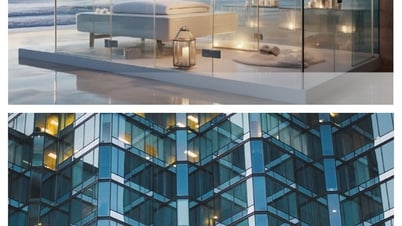
















































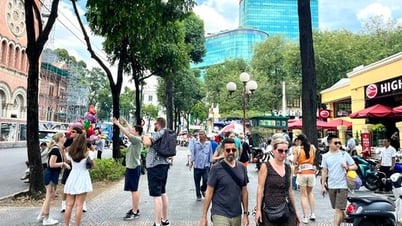

















![[OCOP REVIEW] Tu Duyen Syrup - The essence of herbs from the mountains and forests of Nhu Thanh](https://vphoto.vietnam.vn/thumb/402x226/vietnam/resource/IMAGE/2025/6/5/58ca32fce4ec44039e444fbfae7e75ec)





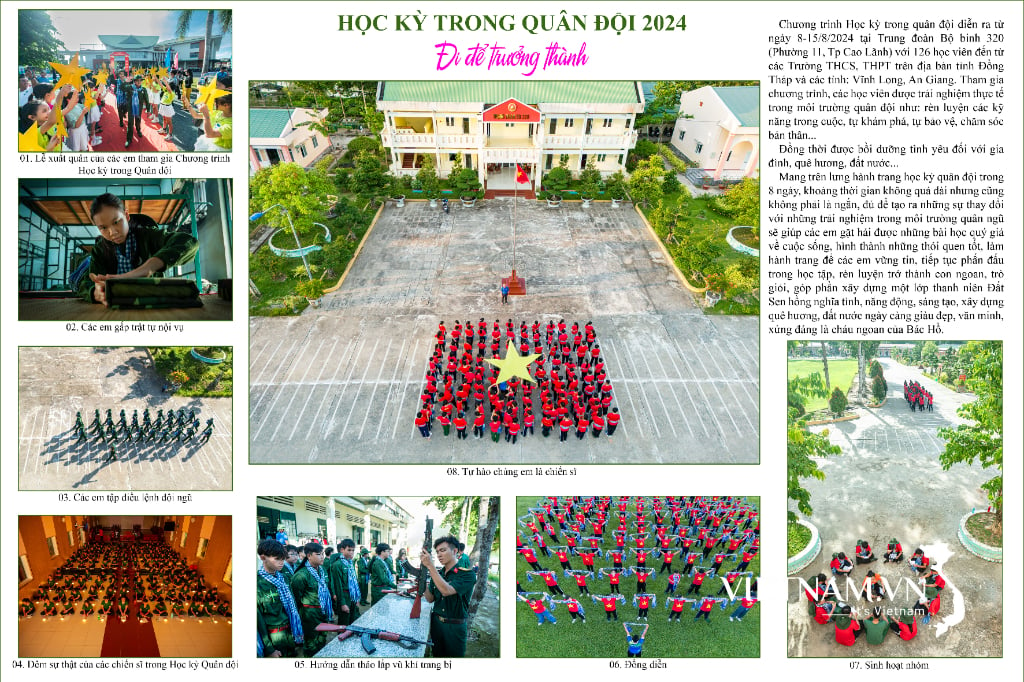
Comment (0)